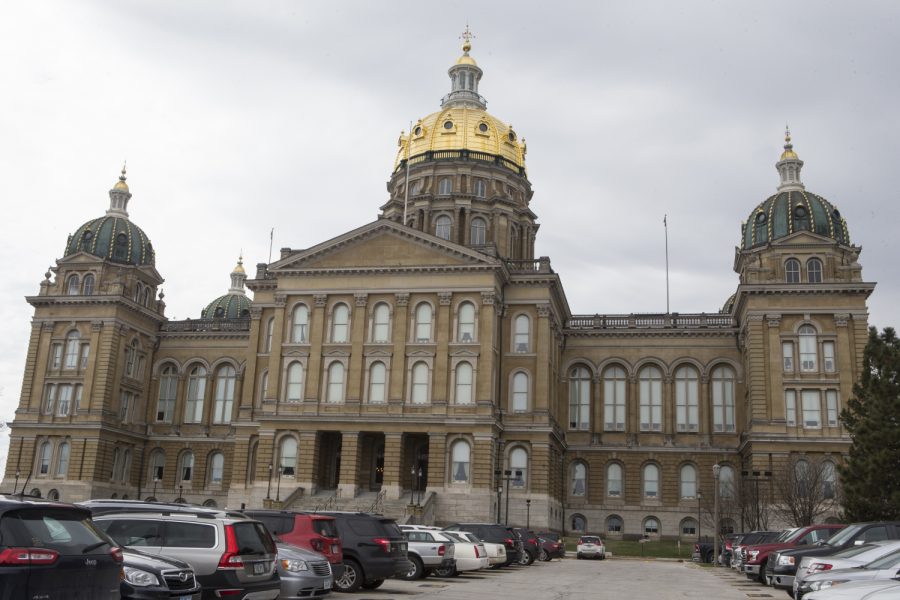Iowa health officials issue PPE shortage order
Iowa health officials issued a PPE shortage order on Friday, reflecting a global scarcity of medical supplies. The order includes provisions for hospitals and other health care facilities to extend and preserve the use of PPE.
The Iowa State Capitol building is seen in Des Moines on April 9, 2019.
April 10, 2020
The Iowa Department of Public Health issued a personal protective equipment (PPE) shortage order on Friday amid a global shortage of medical supplies.
IDPH Deputy Director Sarah Reisetter announced the order in a Friday press conference with Gov. Kim Reynolds.
The measure is designed to decrease the demand for PPE in medical facilities and issues protocol for when facilities see shortages.
It requires facilities to minimize patient contact whenever possible and increase the use of barriers, such as face shields and ventilation systems. Face masks will also be reserved for health-care providers rather than patients.
The second phase of the order calls for extending the use of PPE if demand exceeds supply. Facilities are directed to use PPE past its expiration date, not change masks for each patient, use washable gowns and reusable eye protection, and decrease stay time for COVID-19 patients if they are stable.
The third phase, if demand continues to outpace supply, involves reusing PPE, prioritizing face masks for only essential actions with infectious patients, and using homemade masks with face shields.
“We understand the issuance of this order may be unsettling, but due to the global shortage of PPE supply, we have determined that now is the time to take this action,” Reisetter said.
The order comes as public health officials are seeing a flattening of the rate of infection, signalling that Iowans are abiding by mitigation efforts. Reisetter said the order does not mean officials are expecting a spike in cases.
“It’s not a reflection of an anticipated peak or spike or anything like that,” she said. “It’s a reflection of the fact that supplies are low, additional PPE is hard to find, and so it gives healthcare providers instructions about what to do if they can’t find the PPE.”



